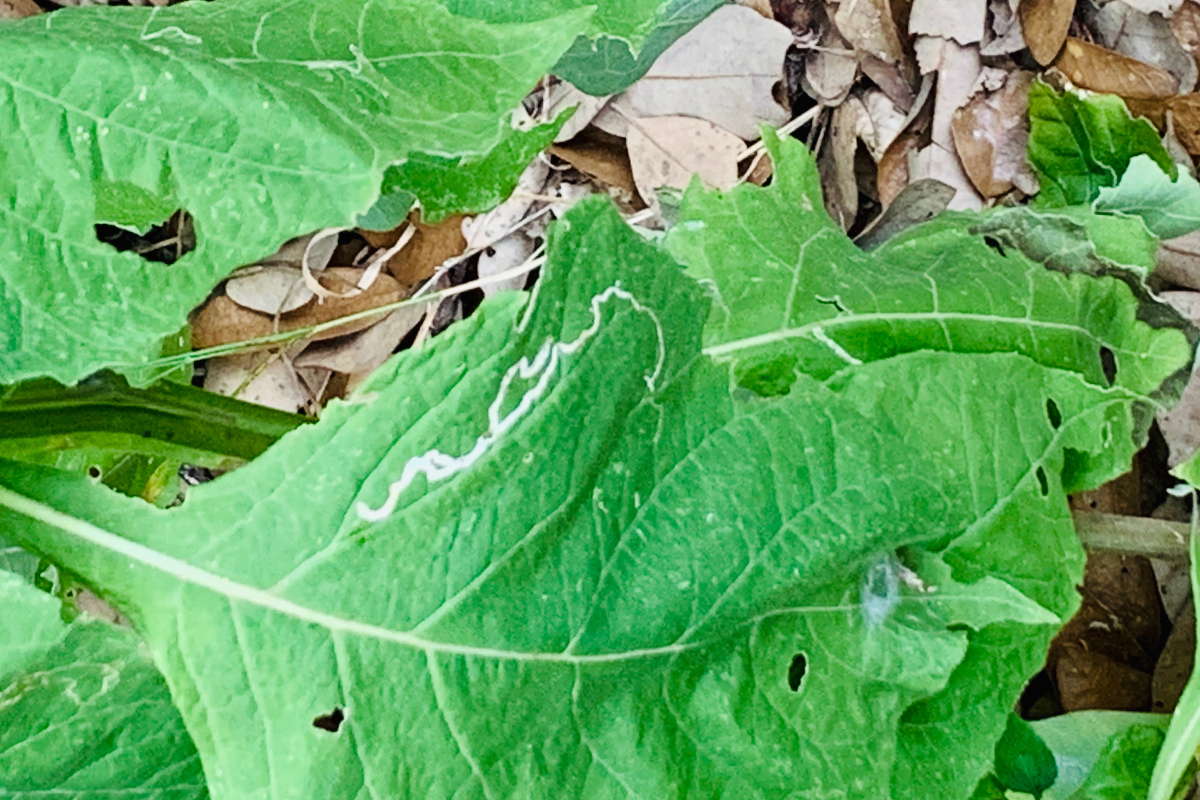
Written by Molly Keck of the Texas AgriLife Extension Service and by Alexa Ortiz, Texas A&M University intern; updated by Wendy Drezek.
INSECTS ARE EVERYWHERE

Photo by: Wendy Drezek

Photo by: Wendy Drezek

Photo by: Wendy Drezek
Insects are everywhere. They are found along the Oak Loop Trail. They can be found on the ground, in trees, under rocks, and on plants. Insects have six legs, three distinct body parts, and one pair of antennae. Most insects have wings, so they are usually seen flying around in fields or gardens. The majority of insects are beneficial to us and to the environment. Only a small percentage are harmful.
MOST INSECTS ARE BENEFICIAL
When is the best time to find insects?
Insects can be found year-round. The best times to find insects are in the fall (September-October) and in the spring (March-April). This is especially the case for butterflies. The best times of day to find insects are early morning and late afternoon – times when the sun is low in the sky and the temperatures are cooler.
What types of insects can be seen on this trail?

Photo by: Vanessa Velazquez

Photo by: Wendy Drezek
Many different types of butterflies can be found – – swallowtails, sulfurs, and brushfooted butterflies. A good place to find butterflies is in open areas with many flowering plants. Wasps and bees are also present in open, sunny areas with many flowering plants. Butterflies, wasps, and all species of bees are excellent pollinators. See Talking Point on Butterflies.
MANY ARE POLLINATORS

Photo by: Wendy Drezek

Photo by: Vanessa Velazquez

Photo by: Wendy Drezek
Along the trail, you may come across ground beetles. Many people do not realize beetles are important pollinators. To find other pollinators such as native bees, wasps, flies, beetles, butterflies, and moths, look anywhere you find blooms. Pollinators need nectar for food and generally, anything with flowers will attract some pollinator. Pollinators especially like flowers in blue, purple, white and yellow.
CAN’T FIND ANY INSECTS? LOOK FOR CUES TO INSECT PRESENCE!

Insect Presence
Photo by: Wendy Drezek
Clues to insect presence (photo by Wendy Drezek, AAMN)
CLUE #1: SPOTS
You may not always be able to see insects, but you can find clues that they are present. For example, sap-sucking insects leave marks on the plants where their mouthparts were inserted. Look on cacti for spots. These were probably made by Leaf-footed Bugs, which use cacti as host plants.
CLUE#2: GALLS


Galls can be found on leaves of various tree and shrub species. Galls are formed by the plant as a reaction to insects feeding or laying their eggs in the leaf tissue. Galls may be unsightly, but since the gall itself is plant material, no damage is done to the plant.
CLUE #3: HOLES AND LEAF MINERS

Leaf Miner Damage
Photo by: Wendy Drezek
Gall (photo by Wendy Drezek, AAMN)
Another type of damage is holes in plants. Holes are caused by a variety of creatures including insects with chewing mouth parts–caterpillars, grasshoppers, beetles–and other forest inhabitants –snails, slugs, and (rarely) millipedes. Leaf miner damage is also present along the trail. Leaf miners maybe wasps, flies, or beetles. They lay their eggs in the leaf tissue; the larvae burrow inside the leaf, leaving a trail of mining damage.
Holes and leaf miner damage on a leaf (photo by Wendy Drezek, AAMN)
Insects are present throughout the park and other natural areas. They are small and well-camouflaged and often hide from view. But look carefully, and you will see an entire world of creepy crawlers around you!
And insects are only one kind of arthropods. Arthropods also include arachnids like spiders, crustaceans like pill bugs, and myriapods like millipedes and centipedes, and you can find them in the park too. Spider webs can be found high up in trees and low down near the ground. Pill bugs and millipedes might be hiding under a rotting log.
For more information on arthropods for children see Little Ladies, Mighty Ants, Busy As a Bee, Clever Spiders, and Arthropods by Wendy Drezek, AAMN.


